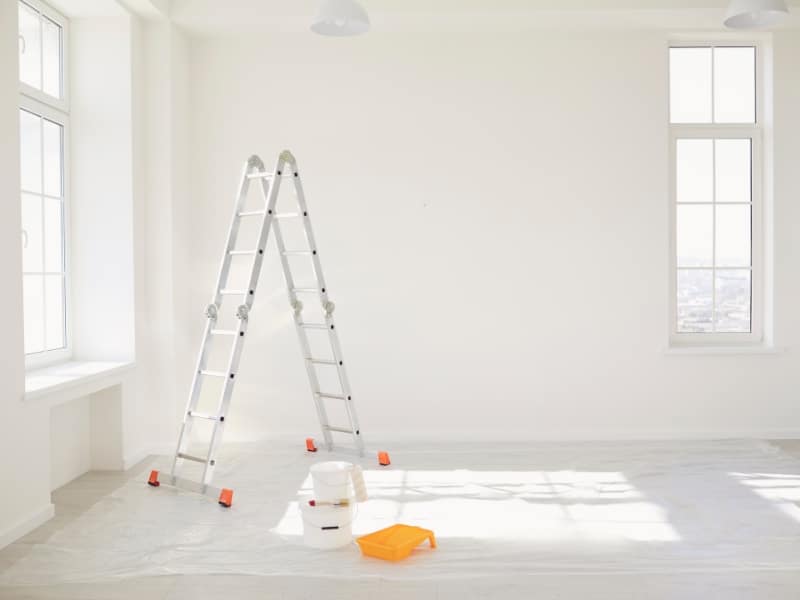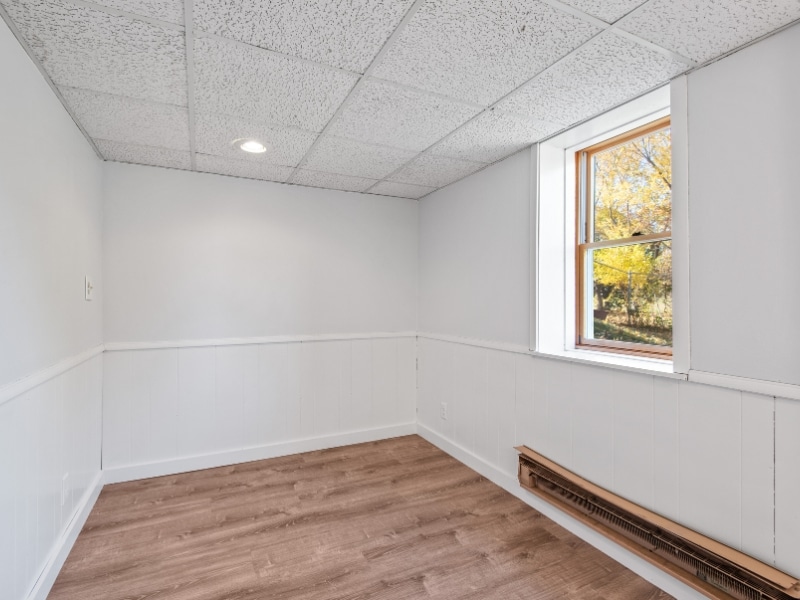Ever walked into a home and felt the calm, charm, or sheer class the moment you stepped in? Chances are, it wasn’t just the couch or curtains—it was the walls doing half the talking. Wall painting plays a mighty role in shaping the feel of a space. But there’s more to it than cracking open a tin and going wild with a roller. The right paint, finish, timing, and touch can turn an ordinary wall into a showpiece. This article explores when wall painting has the most significant impact, how light affects the look, the importance of preparation, and how colour can transform a room’s personality. Let’s get into it.
When is the right time to schedule wall painting for the best results?
Timing’s not just a detail—it can make or break how well the paint sticks, cures, and holds up over time. Here’s when to get stuck in:
- Mild, dry weather: Autumn and spring are sweet spots. Less moisture, less drama. Skip the humid horror and blistering summer blowouts.
- Dodge rainy weeks: Moisture slows drying and can lock damp inside your paint job. Hello, future mould.
- Prep-first mindset: Don’t rush the brush. Sanding, patching, and priming come first to lock that paint in properly.
- Low-traffic windows: Tackle painting during quieter periods. Less mess, fewer bumps, and your routine stays untouched primarily.
Miss the timing, and even the best wall painter’s job can start to look rough around the edges.
Why is quality prep so critical for premium wall painting?

Prepping’s not flashy, but it’s the bones of a proper paint job—and sometimes even a box that needs ticking. According to the Homes NSW internal painting policy, walls should be cleaned with sugar soap and prepped by licensed pros before a single drop of paint goes on. Here’s why that matters:
- Surface repairs: Patching cracks and holes stops shadows and weird textures from showing through under lights.
- Dust-free walls: Wash the lot down with sugar soap or mild detergent. Dirt makes paint misbehave—flaking, bubbling, or sliding right off.
- Tape with care: Good tape work saves trims and ceilings from drama. No touch-ups needed later.
- Primer pays off: It seals the wall and evens out absorption. It’s crucial in kitchens or damp areas that have seen better days.
Skimping on prep is like painting over a pothole. Looks alright at first—then it all goes pear-shaped.
What should you know about using professional-grade materials in wall painting?
Paint isn’t just paint. And cheap gear? That’s a shortcut to a dodgy finish. A pro wall painter knows which materials suit the room, not just the colour chart.
- Low-VOC options: Safer indoors, especially for little ones’ rooms. They dry fast and don’t stink up the joint.
- Washable paints: Perfect for spots where little hands or wet umbrellas often land.
- Sheen matters: Matte hides sins. Satin and semi-gloss bounce light and are a breeze to clean.
- Top tools only: Better brushes and rollers mean smoother coats and fewer splatters. No bristle bits left behind either.
For your best shot at a quality result, consider reliable solutions for modern wall painting upgrades. Your wall painter should align products to the space and surface, not just the colour.
How does lighting interact with wall painting to affect ambience?
Lighting can mess with your colour choices in ways you won’t see coming.
- Natural vs. artificial: Warm globes can turn crisp whites yellow. Daylight shows true tones. What do you see in the shop? Might not be what lands on your wall at 8 pm.
- Time-of-day tests: Slap samples on multiple walls and check ’em morning to night. You’ll spot the subtle shifts.
- Reflective finishes: Gloss and satin bounce light, making small rooms feel bigger. But they also highlight any dodgy prep.
- Accent wall placement: Put your bold or dark colours opposite windows, not next to them. Helps spread the light around evenly.
Lighting can make a space feel warm or stark—so never choose paint based on a single light source.
What impact do different painting finishes have on room style?
Finish isn’t just surface-level. It changes how a wall handles wear—and how it carries itself.
- Flat/matte: Smooth operator. Great at hiding imperfections, but not one for messy hands or hallway scuffs.
- Eggshell: Has a gentle glow. Cleans better than matte. Works a treat in lounges and bedrooms.
- Satin: A bit shinier, and much tougher. The go-to for kitchens, bathrooms, and laundry walls.
- Semi-gloss/gloss: Slick and tough as nails. Ideal for trims or steamy spaces where durability is key.
Each finish brings its own style. Choose based on how the room’s used—not just how you want it to look. Washable paints are a smart pick in high-traffic areas—they’re durable and don’t wear thin from everyday scrubbing.
Can colour precision in wall painting transform a room?

Don’t pick paint on a whim. Colour choice drives the vibe of a room more than your décor does.
- Undertones matter: A warm grey might clash with cool flooring. Suddenly, everything feels off.
- Sample big: Paint decent patches on each wall. One swatch won’t cut it.
- Contrast clever: Use trims or ceilings to frame your colours and make them pop—especially in open-plan spaces.
Thinking of change? Choosing impactful colour choices for wall painting can refresh your home without knocking down walls.
Fresh paint fades fast without care—here’s how to make it last:
Fresh paint looks ace. Keeping it that way? That’s a different story.
- Spot clean: Use a damp microfibre cloth for regular wipe-downs.
- Watch for cracks: Tiny lines can mean bigger problems. Fix ’em before they grow.
- Touch-up kits: Keep leftover paint and a roller handy for quick cover-ups.
- Let it breathe: Airflow helps prevent bubbling or peeling, especially in steamy areas like bathrooms or laundries.
Learn about the importance of maintaining painted surfaces in older homes—it’s often these areas that wear down fastest and need steady upkeep. Maintenance isn’t about perfection—it’s about making the fresh paint last longer and look sharper.
Final thoughts
A polished interior doesn’t need a complete reno. With thoughtful planning, material care, and finish strategy, a skilled painter can transform a space’s atmosphere entirely. Remember to prepare well, match your paint type to the room’s purpose, and consider the lighting. Want to talk colours? Don’t rush it—sample, compare, and layer with confidence. Explore how Sydney Paintmasters delivers high-quality wall finishes—it’s a helpful starting point if you’re chasing a standout result in your next paint project.

